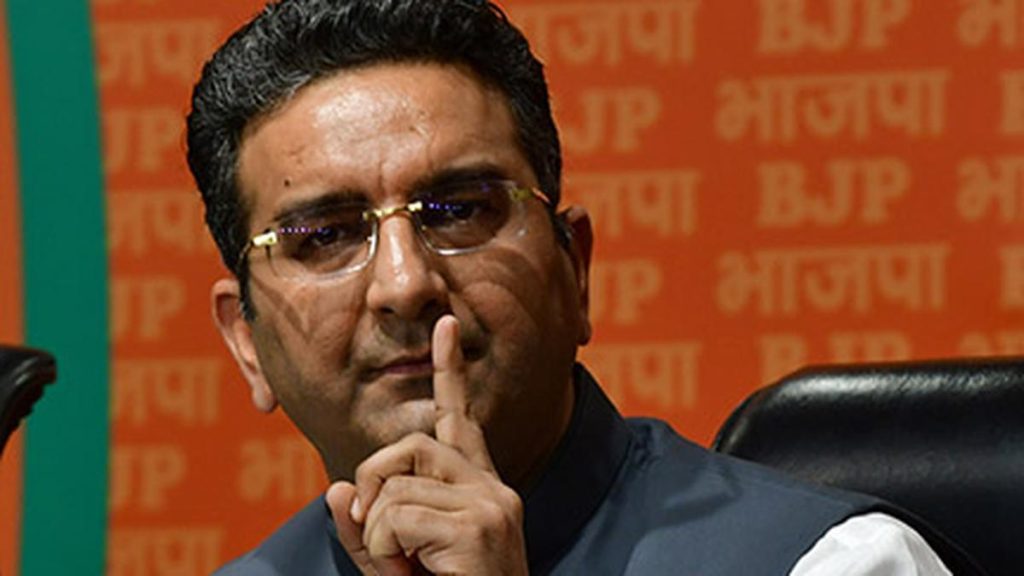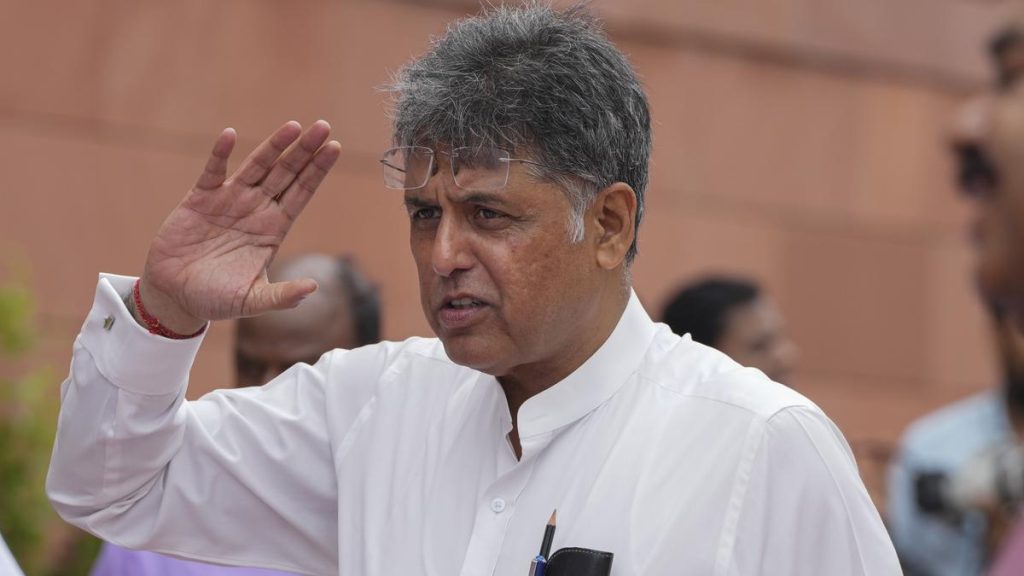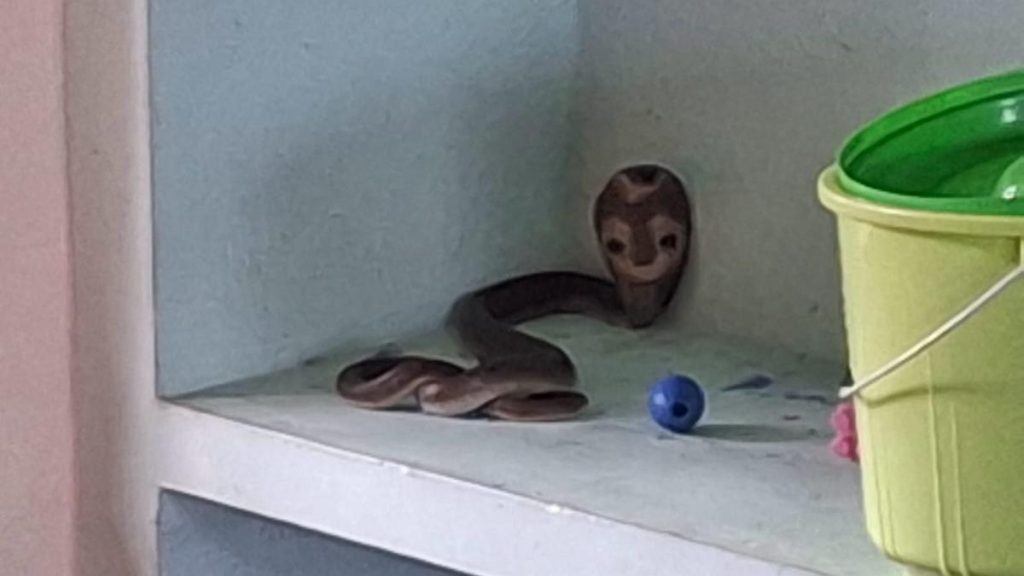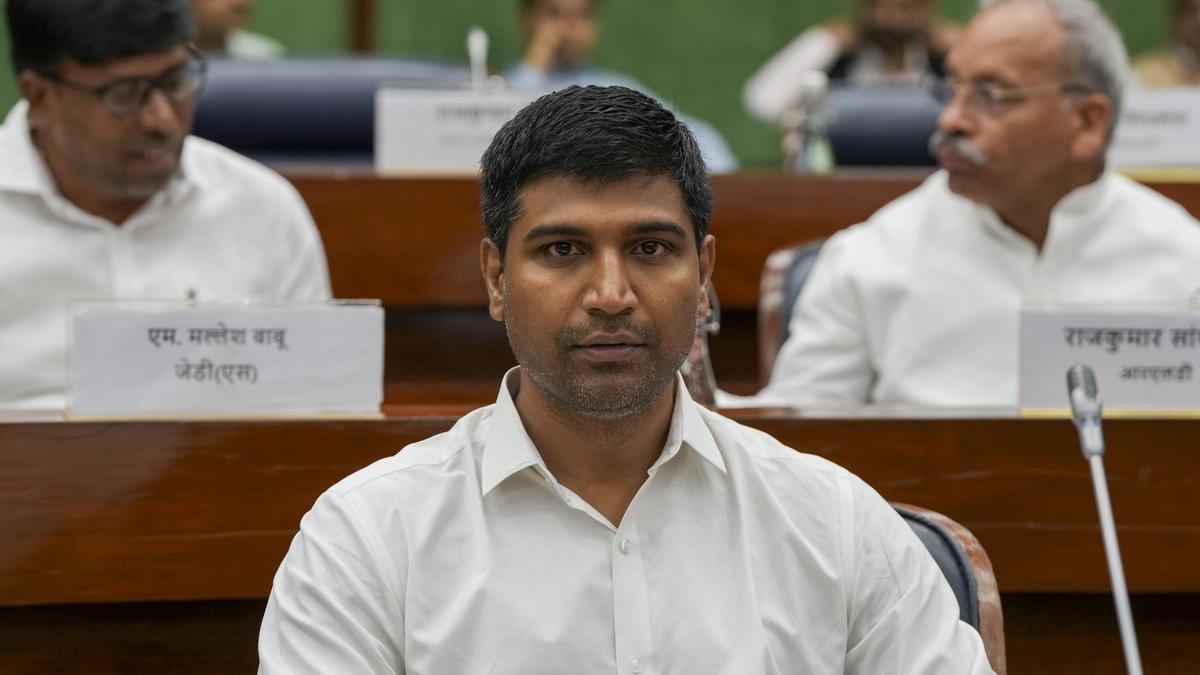Now Reading: Creche Centres in Bidar See Promising Response
-
01
Creche Centres in Bidar See Promising Response
Creche Centres in Bidar See Promising Response
Swift Summary
- Koosina Mane Initiative: Launched at Shishu Palana Kendras in gram panchayats by the Women and Child Welfare Department alongside MGNREGA Scheme.
- Purpose: Provides quality childcare facilities for children aged 0-3 to support working mothers and promote children’s holistic progress.
- Scale of Implementation: 158 koosina Mane centres established across eight taluks in Bidar district, Karnataka. Total enrollment: 2,418 children (1,302 girls and 1,116 boys).
– Highest centers: Bhalki taluk (35 centres; enrollment of 540 children).
– lowest centers: Hulsoor taluk (7 centres; enrollment of 115 children).
- Caretaker System: Eight women identified per gram panchayat from MGNREGA job cards; two appointed on rotation per creche (total caretakers: 1,264).
- Funding Overview: Initial ₹1 lakh grant per Koosina Mane from State Government for infrastructure setup; additional ₹1.04 lakh quarterly funding for caretaker wages and nutritious food under MGNREGA and Women & Child Welfare Department schemes.
- Focus on Nutrition: Seasonal fruits introduced at Janawada Gram Panchayat’s creche to bolster children’s nutrition intake. All centres reportedly functioning well according to Zilla Panchayat CEO girish Badole.
Indian Opinion Analysis
The Koosina Mane initiative is a promising step toward addressing childcare needs for rural families, particularly aiding working mothers reliant on employment through MGNREGA or other avenues. By providing early education aligned with nutritional care for children under three years old-an essential phase in cognitive and physical development-the program aligns well with India’s push toward lasting social welfare policies.
Given its scale in bidar district alone with over two thousand enrollments across eight taluks, further systemic expansion could set an impactful precedent nationwide if successfully managed financially and administratively long-term. Ensuring consistent funding allocation remains critical as it directly supports infrastructure maintenance and caretaker salaries-cornerstones of the initiative’s viability.
Additionally,the inclusion of seasonal fruits as part of dietary plans suggests forward-looking approaches toward child nutrition that could be studied further or replicated elsewhere within state-lead programs focusing on early childhood care across india.
























